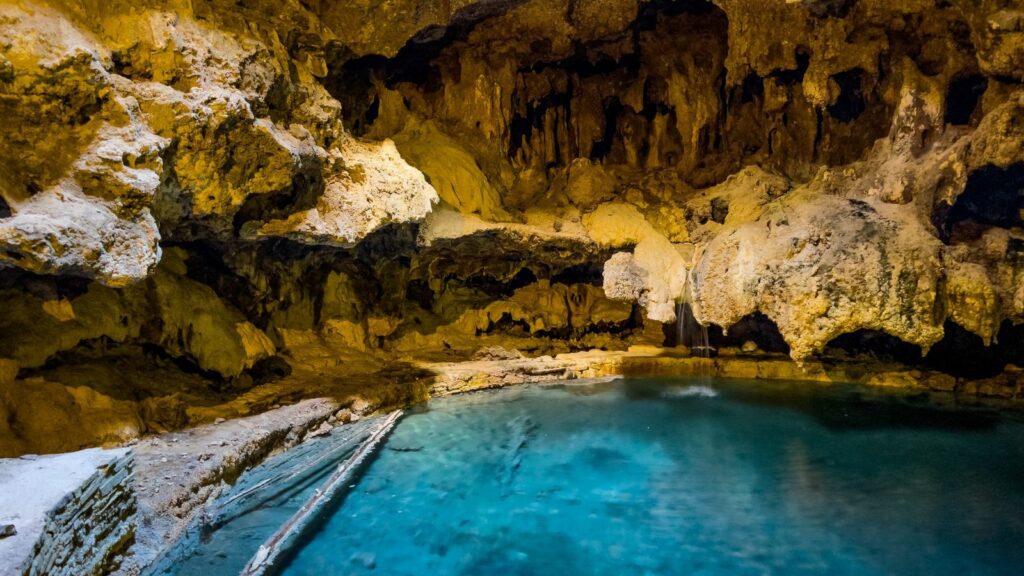Canada is home to a wealth of cultural and natural landmarks that tell the story of its diverse and storied past. From ancient Indigenous sites to stunning geological formations, the country’s heritage sites offer a glimpse into the events and ecosystems that shaped the land. Whether you’re a history buff, nature lover, or simply seeking to connect with something timeless, these destinations deliver unforgettable experiences. Here are 24 Canadian Heritage Sites That Will Leave You in Awe.
L’Anse aux Meadows, Newfoundland and Labrador
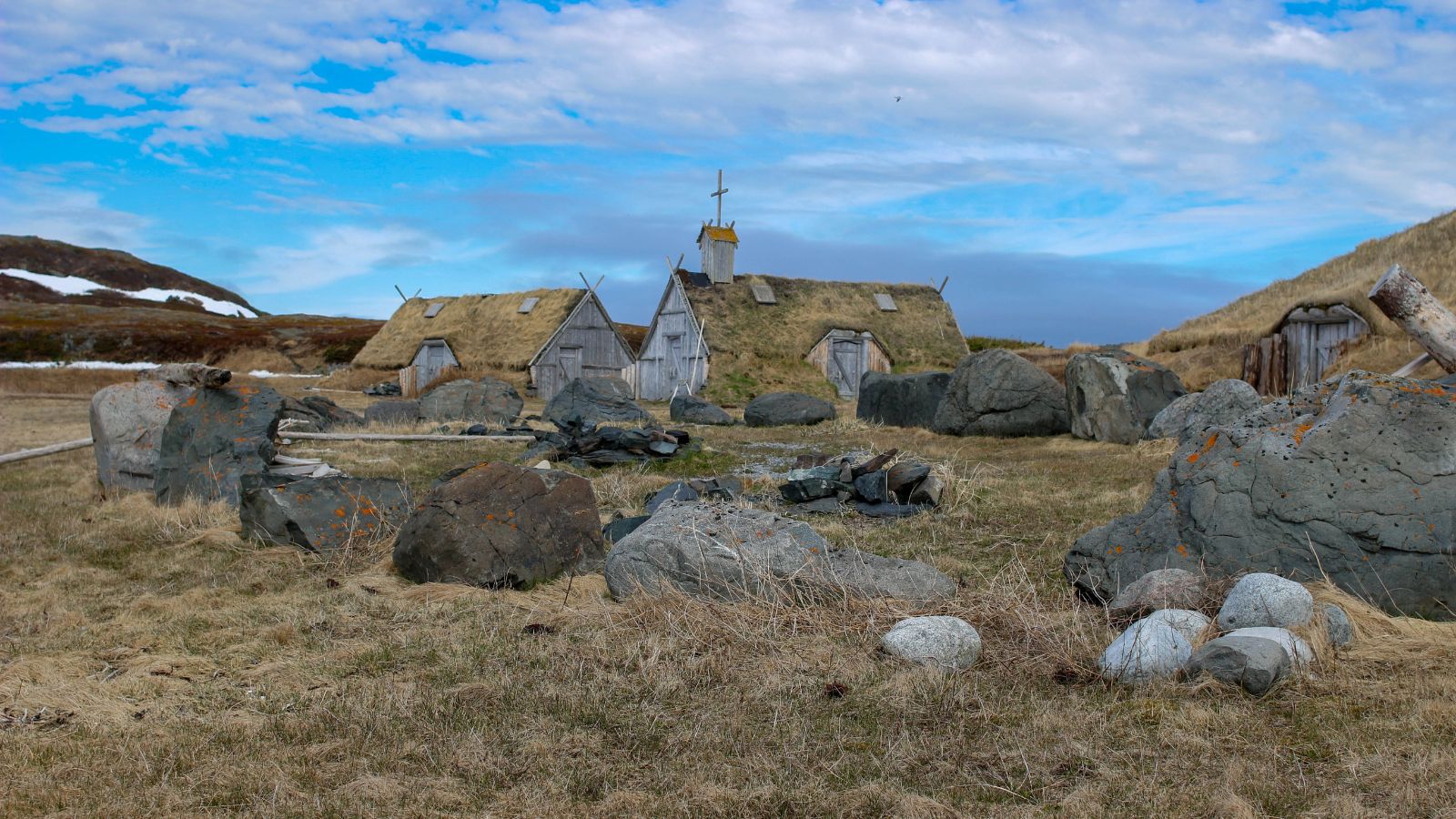
This UNESCO World Heritage Site marks the only known Viking settlement in North America, dating back over 1,000 years. Located on the northern tip of Newfoundland, it’s a powerful place where Norse explorers set foot centuries before Columbus. Visitors can walk through reconstructed sod buildings and learn about the Norse way of life. The combination of archaeological discovery and windswept coastal beauty creates a deeply moving experience.
Old Québec, Quebec
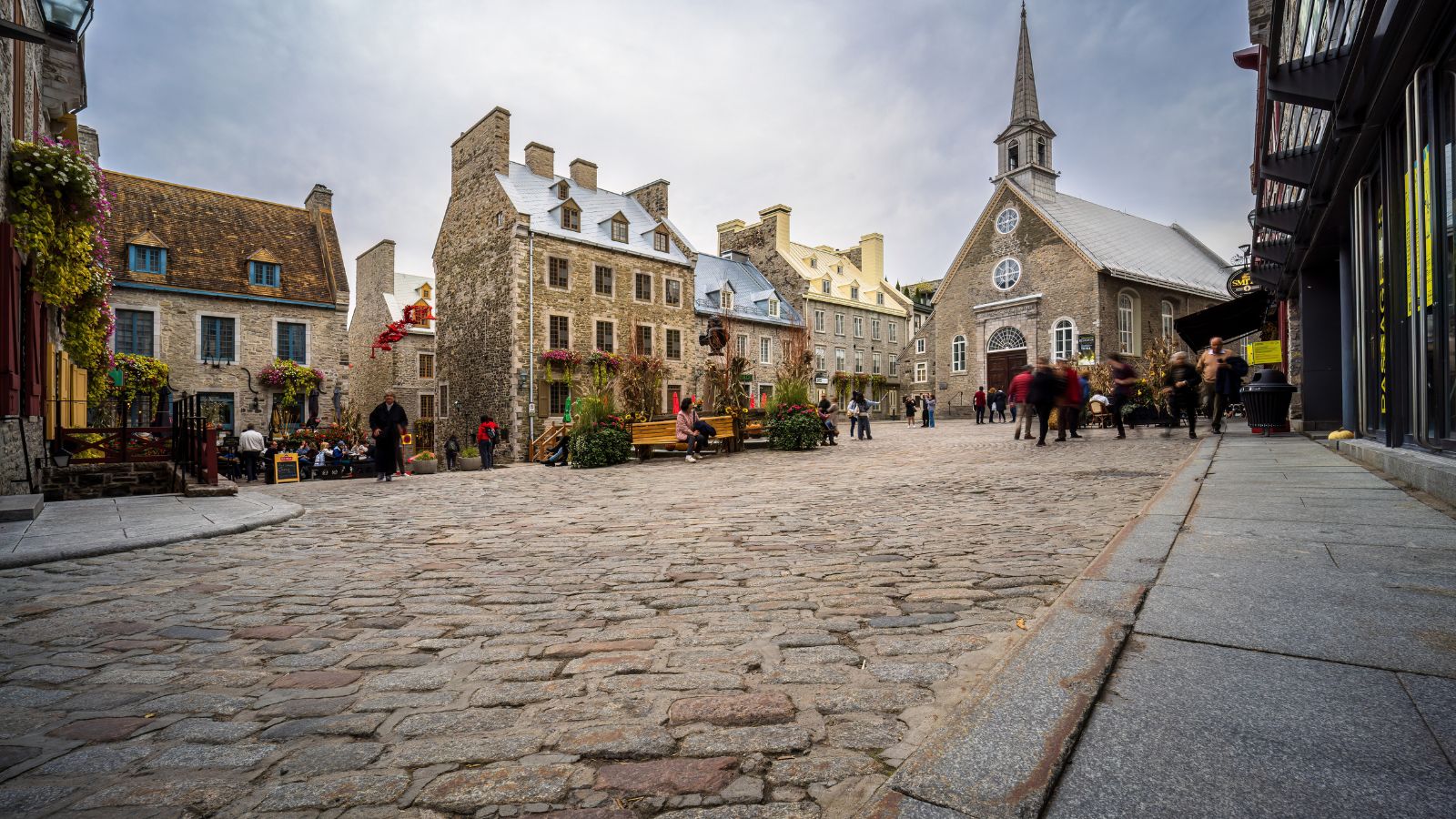
Old Québec is a living museum of cobblestone streets, fortified walls, and 17th-century architecture. As the only walled city north of Mexico, it radiates European charm and is central to French Canadian identity. Walking through its gates feels like entering another time, with landmarks like Château Frontenac and the Citadel adding to the grandeur. Cultural festivals, cafés, and street performers bring the area to life year-round.
Head-Smashed-In Buffalo Jump, Alberta
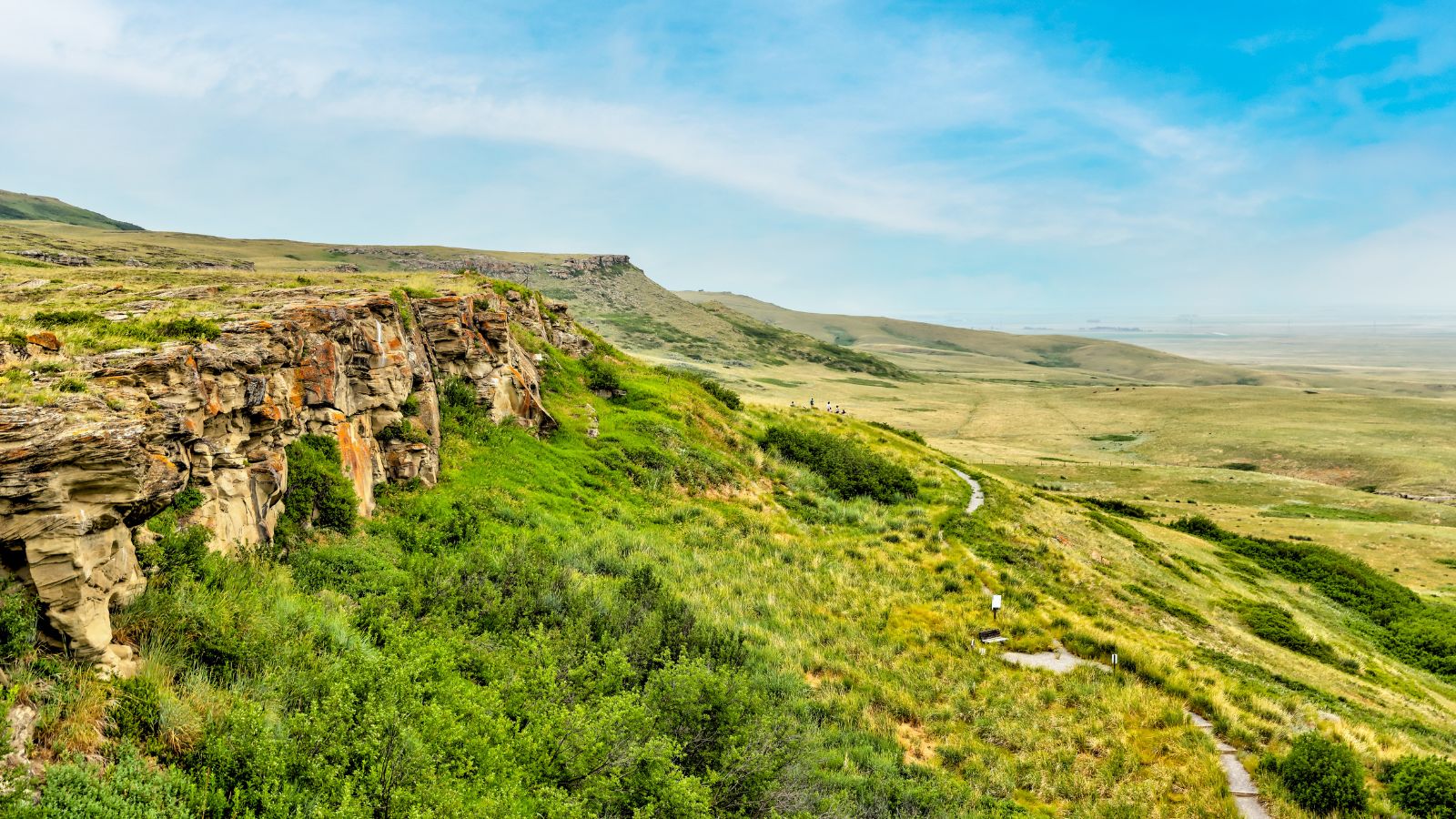
This UNESCO-designated site showcases thousands of years of Indigenous hunting traditions. For centuries, the Blackfoot people drove bison over these cliffs, a practice requiring incredible skill and deep knowledge of the land. The interpretive centre explains the cultural, spiritual, and survival significance of the site. It’s a humbling reminder of Indigenous ingenuity and their harmonious relationship with nature.
Gros Morne National Park, Newfoundland and Labrador
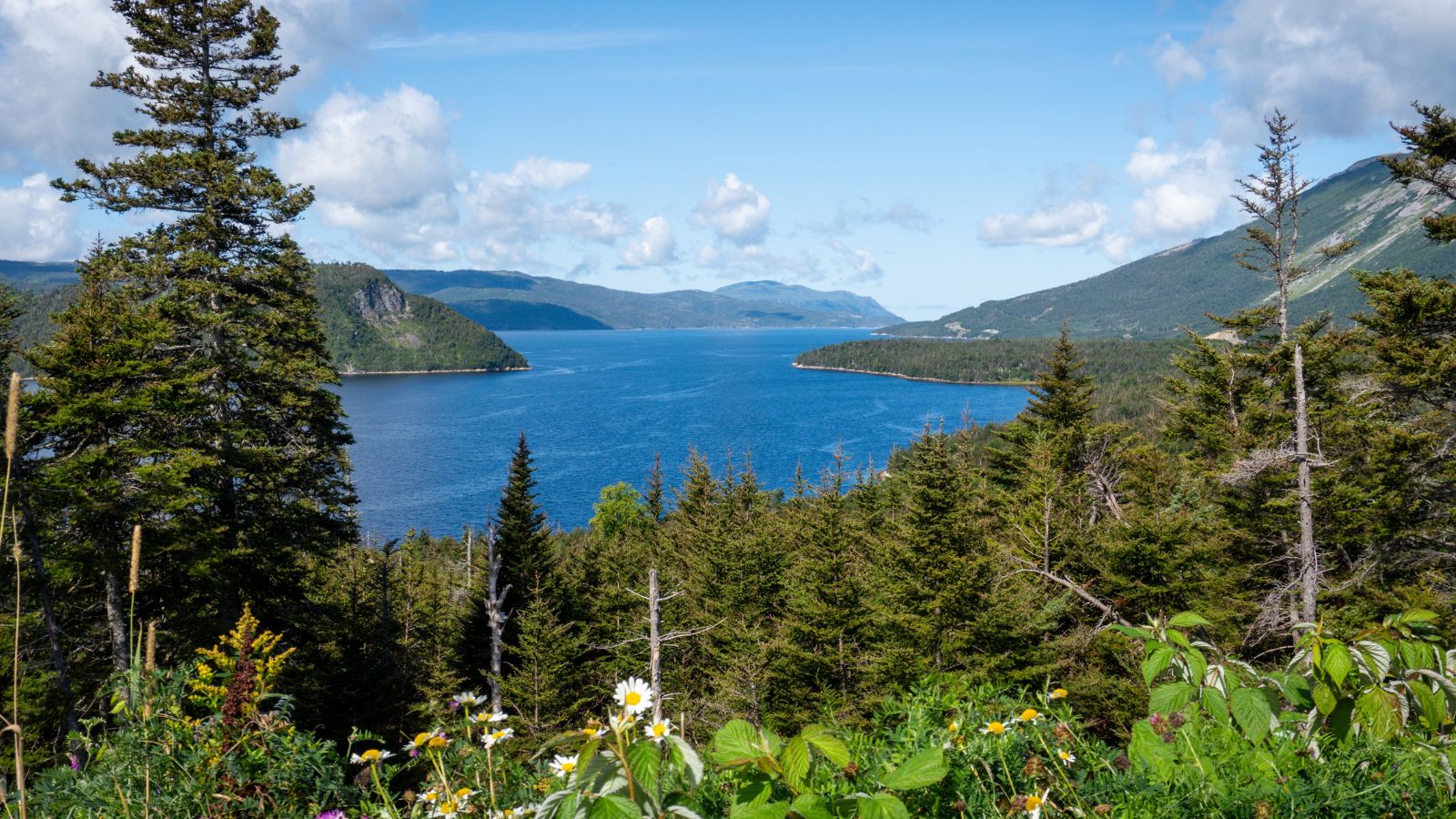
This geological wonder offers a rare look into the Earth’s mantle, exposed through dramatic cliffs and fjords. The park’s ancient landscape has been shaped over millions of years and is a paradise for hikers and geology enthusiasts. Gros Morne’s vastness and rugged beauty leave visitors with a sense of awe and insignificance in the best way, creating a blend of coastal and mountainous terrain that is truly unforgettable.
SG̱ang Gwaay, British Columbia
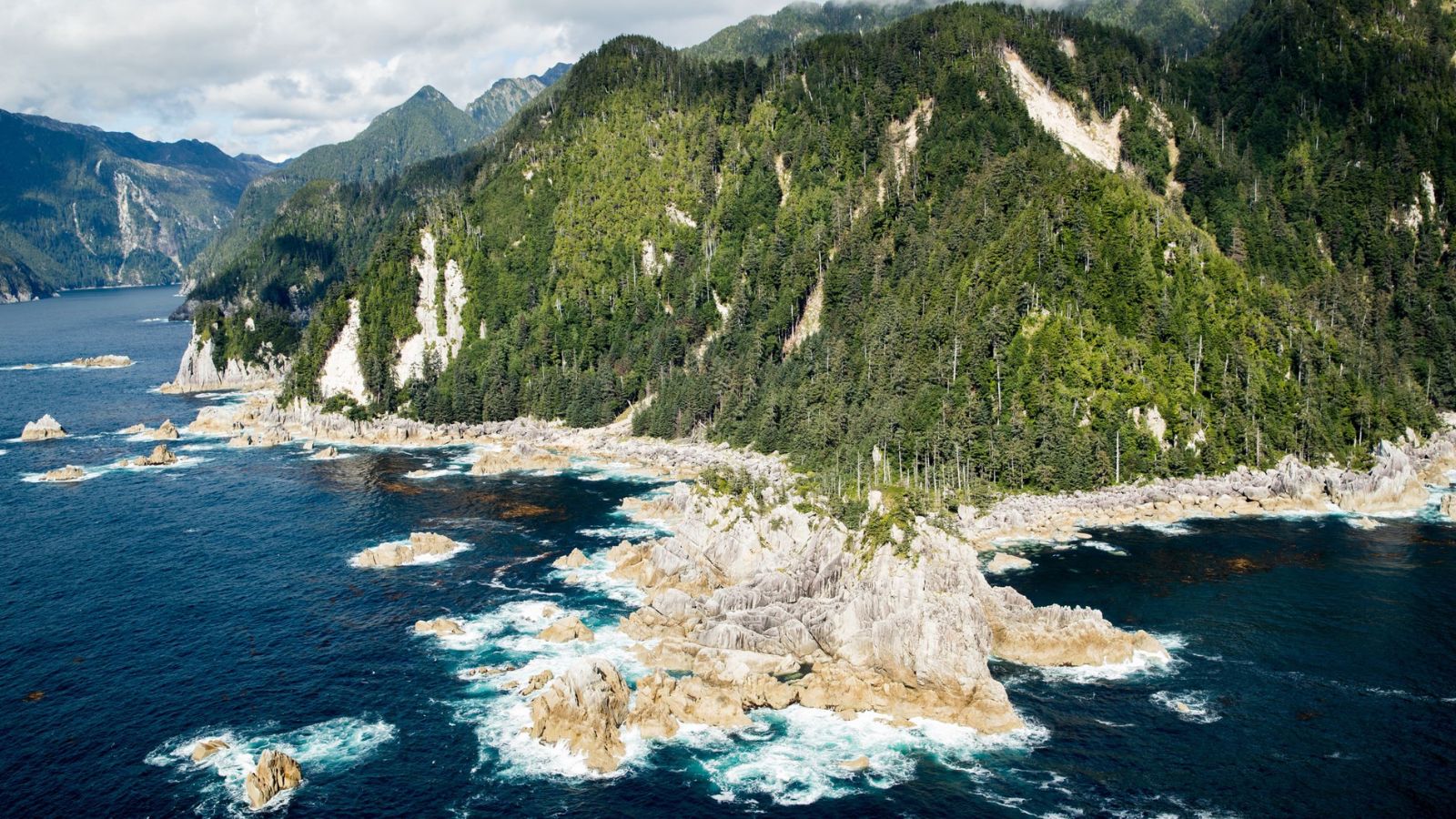
Also known as Ninstints, this haunting site on Haida Gwaii contains the remains of a 19th-century Haida village. It features some of the last standing mortuary and memorial poles, carved with intricate figures representing family crests and legends. Accessible only by boat, the site is both remote and sacred. Visiting SG̱ang Gwaay is a powerful journey into Indigenous heritage and the resilience of Haida culture.
Rideau Canal, Ontario
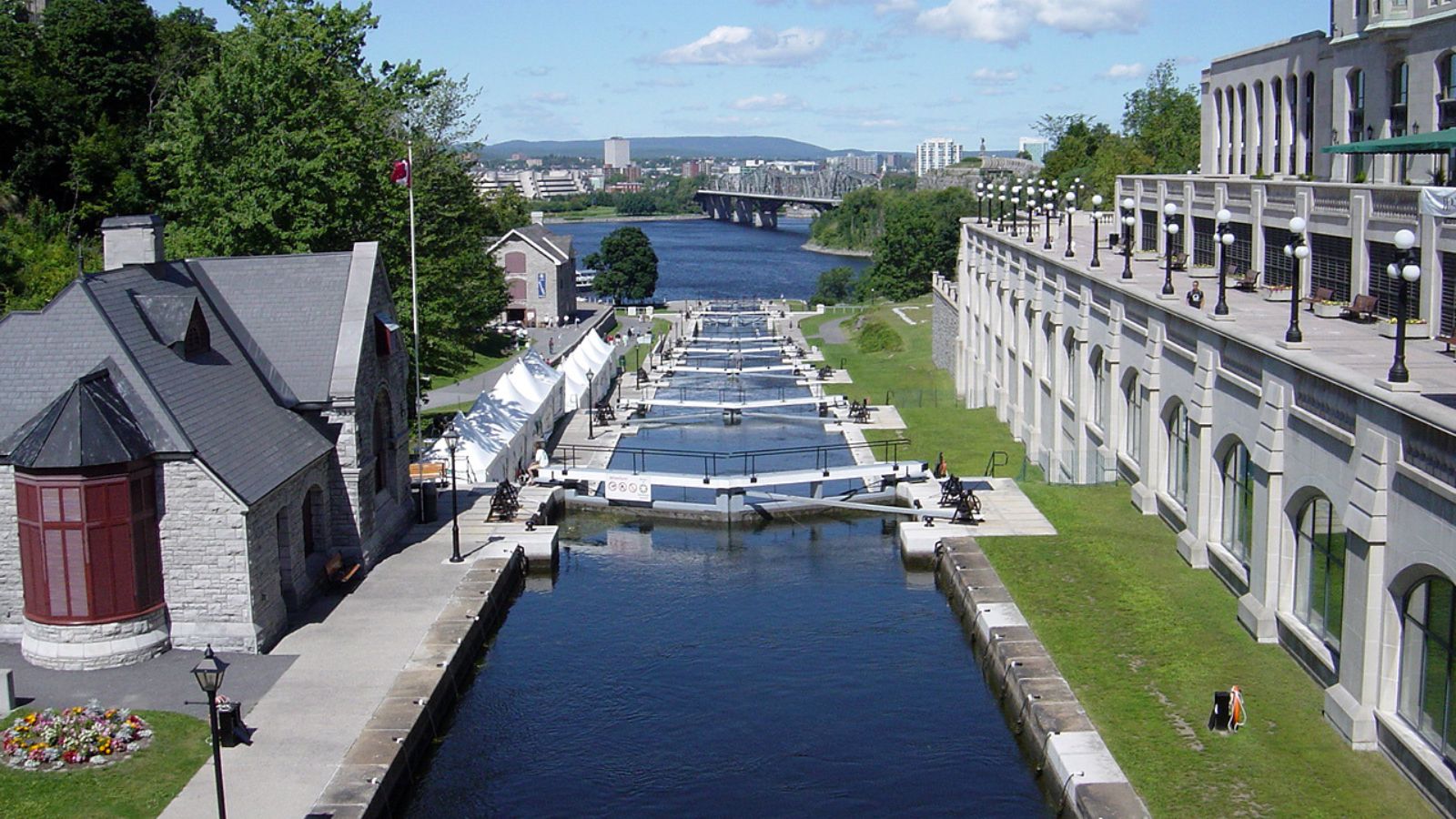
Stretching from Ottawa to Kingston, the Rideau Canal is North America’s oldest continuously operated canal system. Originally built for military purposes after the War of 1812, it now serves as a peaceful route for boaters in summer and the world’s longest skating rink in winter. The locks, many still operated by hand, are engineering marvels, blending of utility, beauty, and history makes it a national treasure.
Lunenburg, Nova Scotia
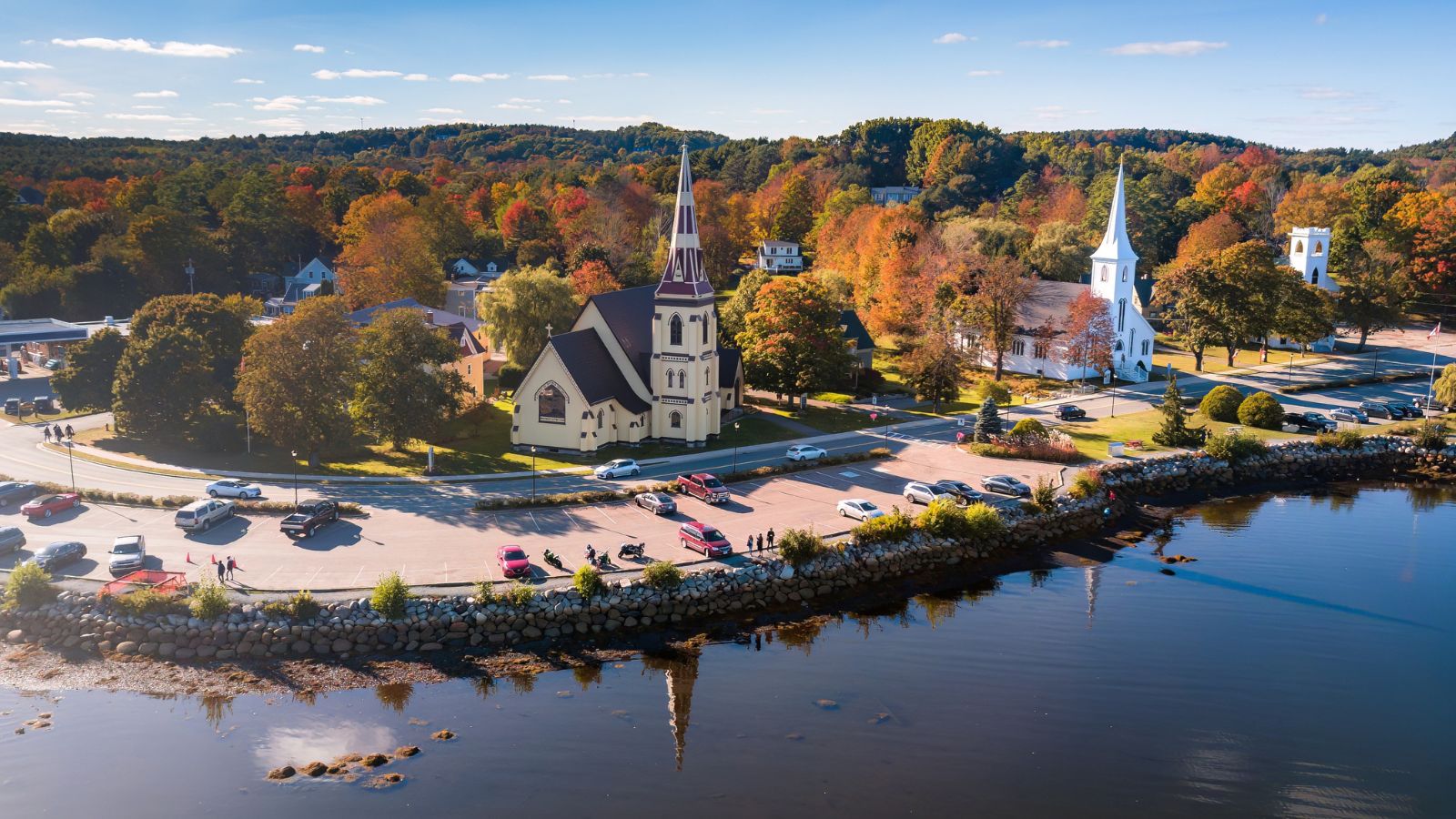
This perfectly preserved fishing town on Nova Scotia’s South Shore is a UNESCO World Heritage Site for its unique British colonial layout and colorful wooden architecture. Home to the famous Bluenose schooner, Lunenburg tells the story of maritime craftsmanship and seafaring resilience. The town buzzes with culture, art galleries, and seafood eateries, creating a coastal gem where history and community remain tightly interwoven.
The Forks, Manitoba
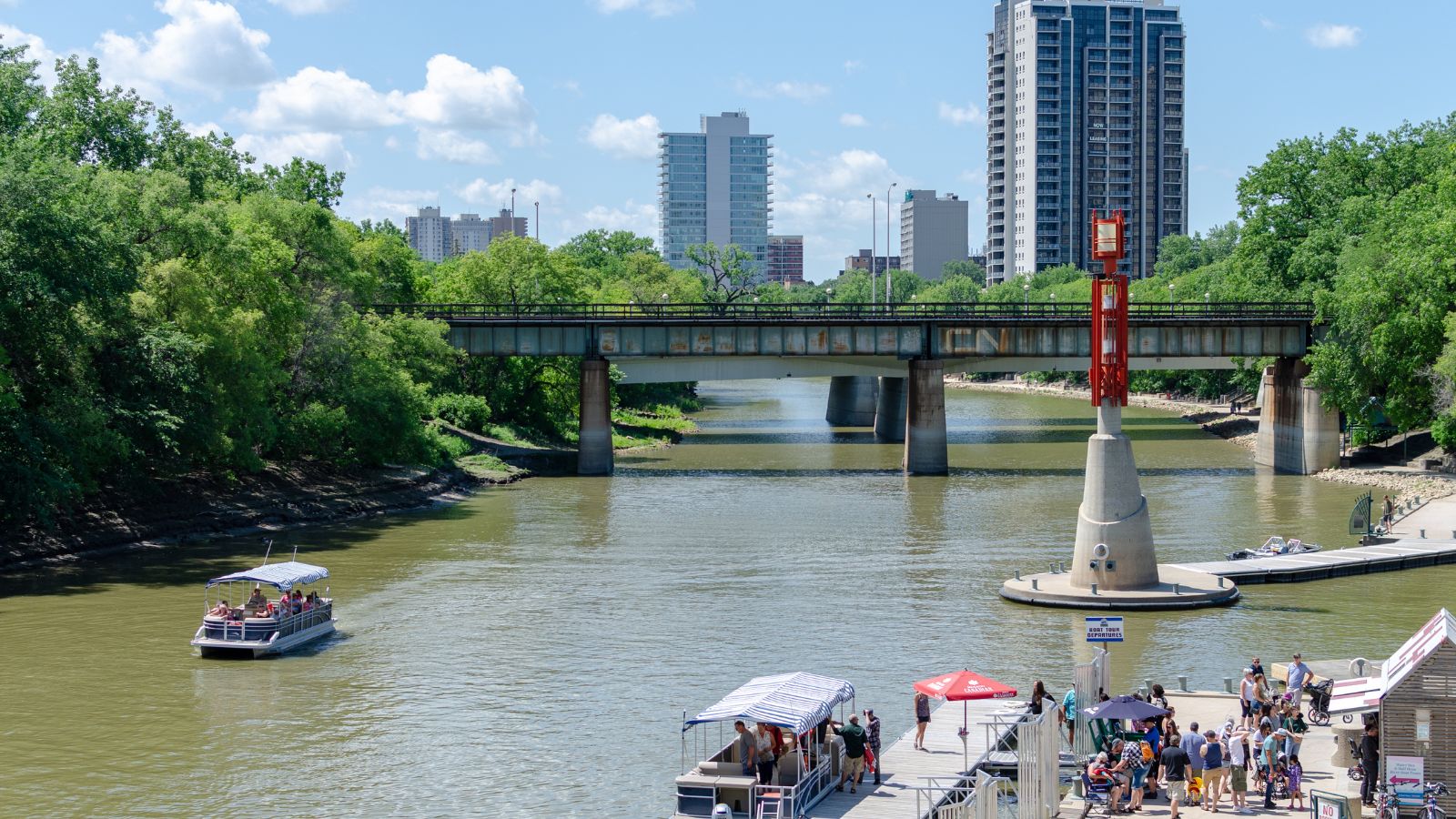
Located at the junction of the Red and Assiniboine rivers, The Forks has been a gathering place for over 6,000 years. It served as a meeting point for Indigenous peoples, fur traders, settlers, and immigrants. Today, it’s a cultural hub with markets, museums, and public art that honour its layered past and walking through The Forks is like tracing the timeline of Canada itself.
Red Bay Basque Whaling Station, Newfoundland and Labrador
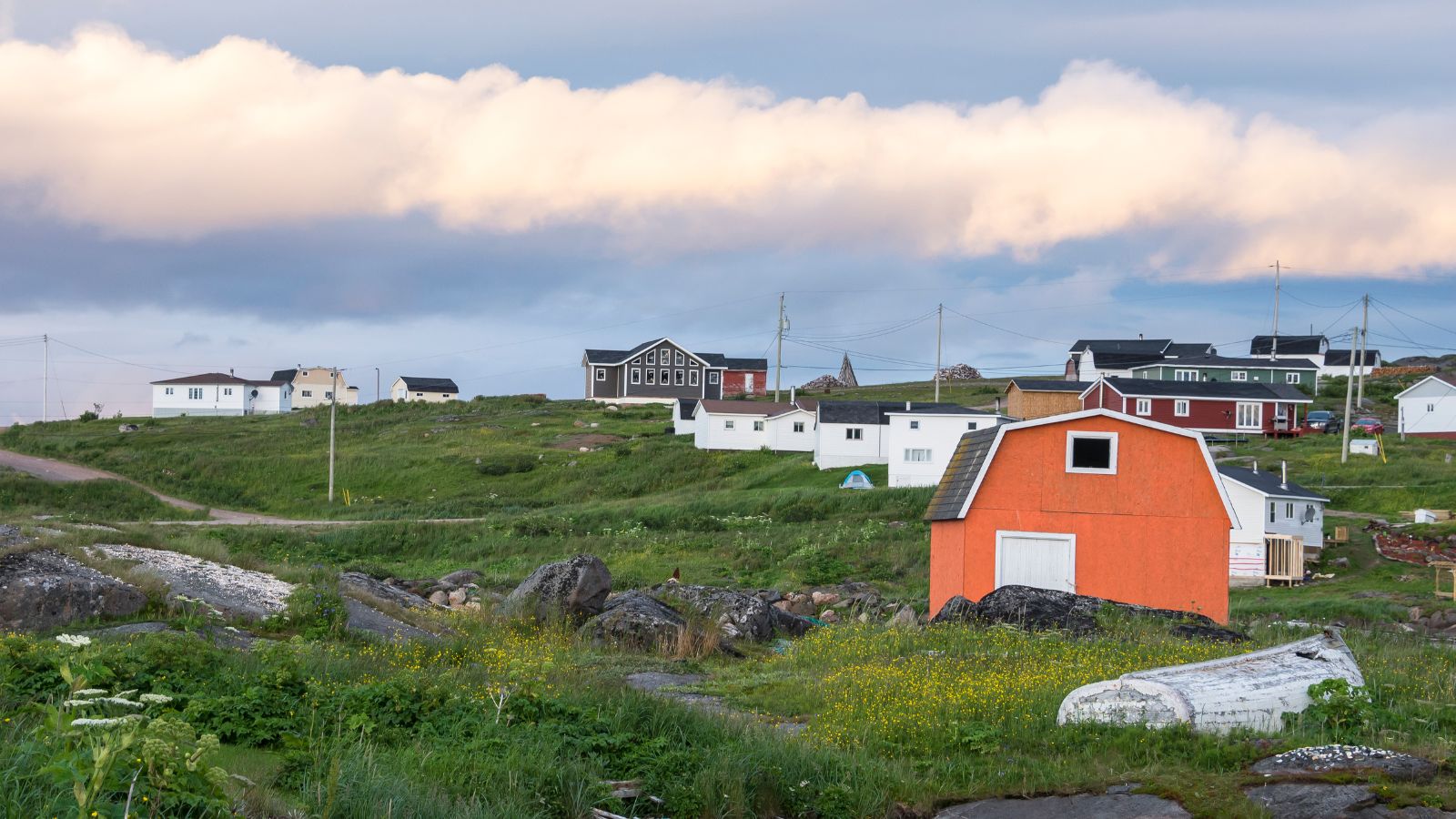
In the 16th century, Basque whalers crossed the Atlantic to hunt whales off the coast of Labrador. Red Bay preserves this early chapter of European presence in North America, with shipwrecks and industrial remnants still visible. The interpretive centre and underwater archaeology make this a compelling stop for maritime history fans.
Fortress of Louisbourg, Nova Scotia
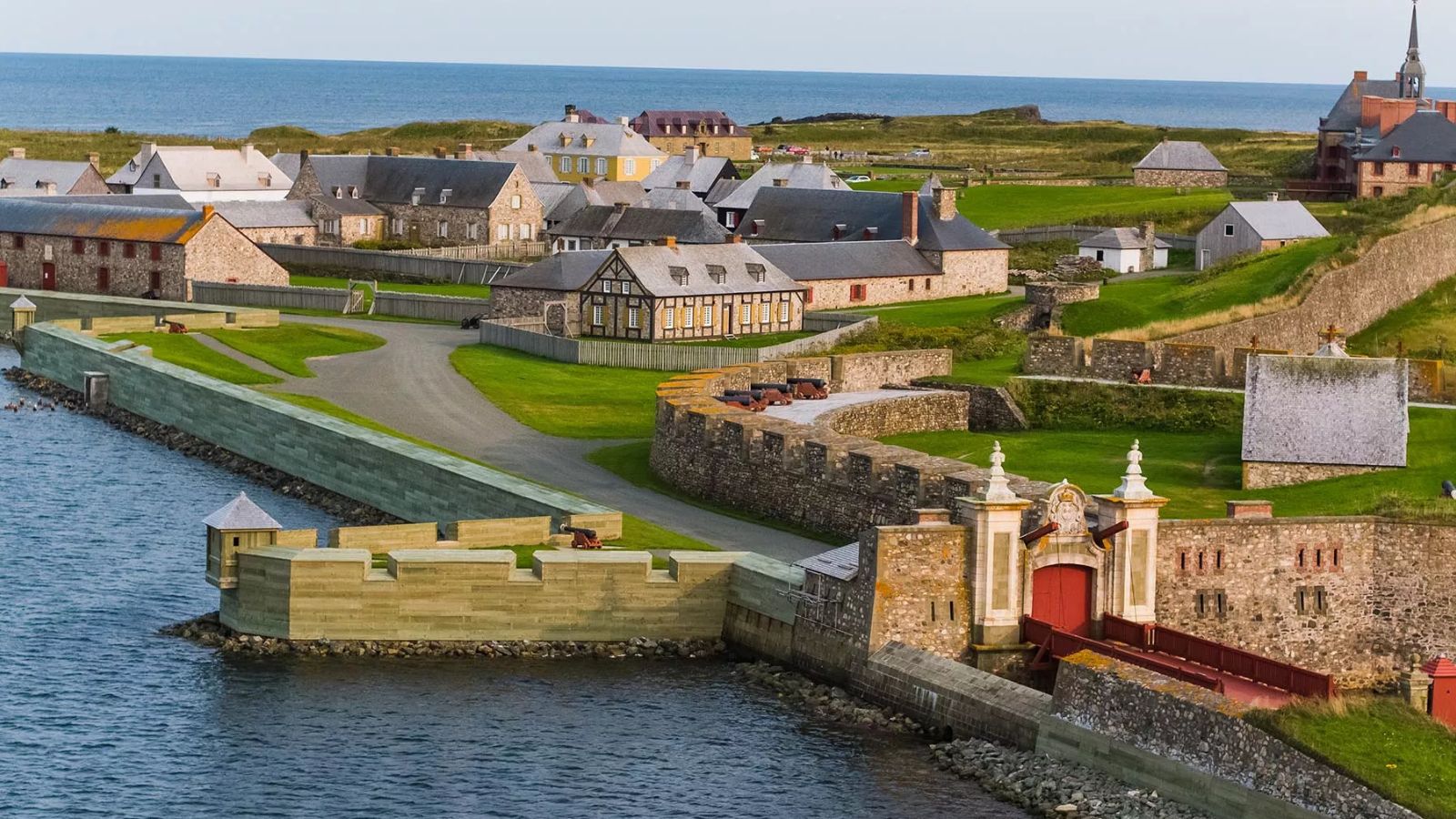
One of North America’s largest historical reconstructions, the Fortress of Louisbourg recreates a French fortified town from the 18th century. Visitors can interact with costumed interpreters, watch musket demonstrations, and even sample 18th-century food. It’s immersive, educational, and deeply atmospheric and the site tells the story of colonial rivalry and the rise and fall of empires.
Wood Buffalo National Park, Alberta and Northwest Territories
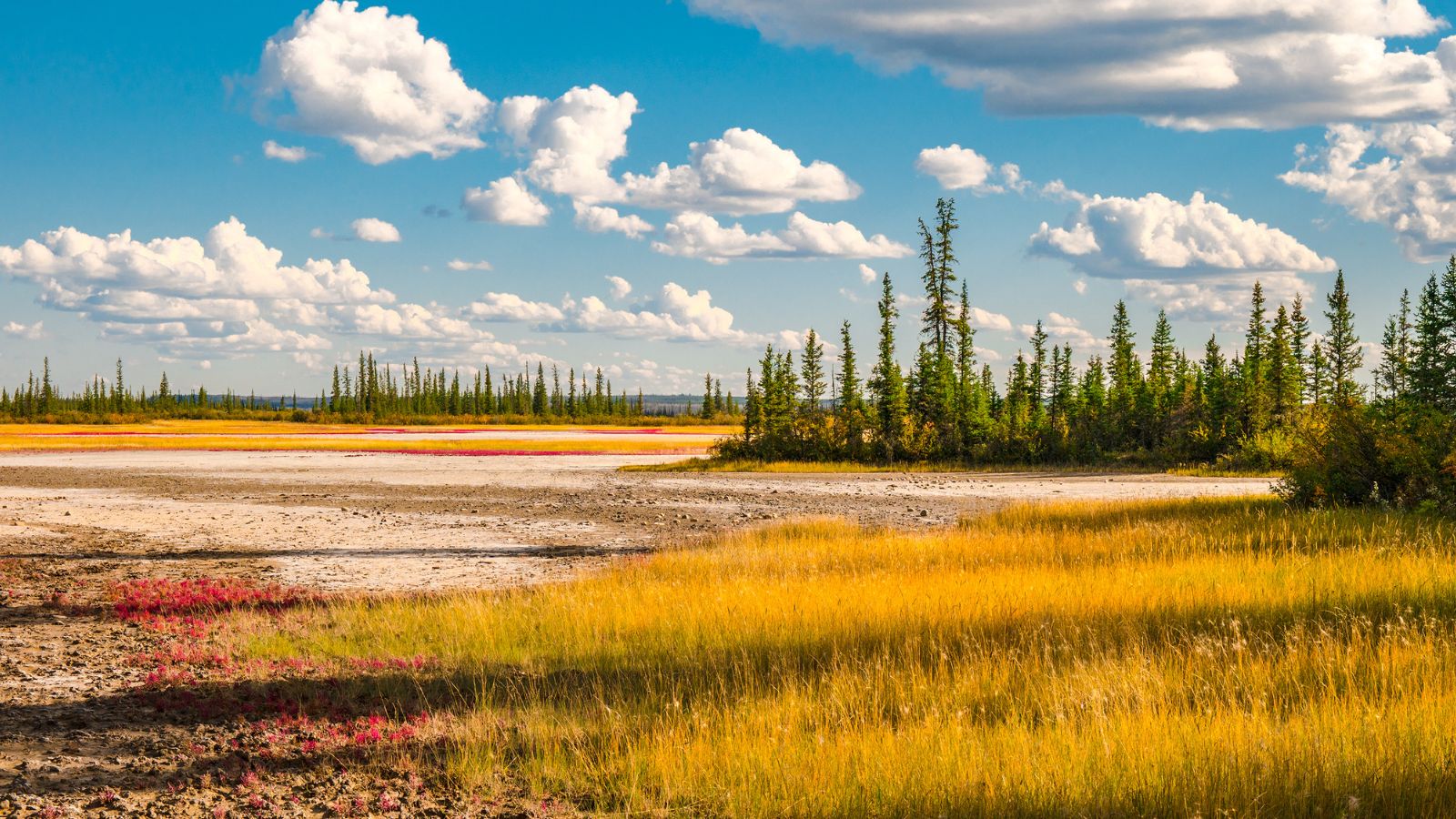
Spanning parts of Alberta and the Northwest Territories, this is Canada’s largest national park and one of the world’s largest protected areas. It’s home to endangered species like the whooping crane and one of the planet’s largest bison herds. The park also contains the world’s largest inland delta and remarkable night skies and its size and ecological importance make it a sanctuary of life and space.
Dinosaur Provincial Park, Alberta
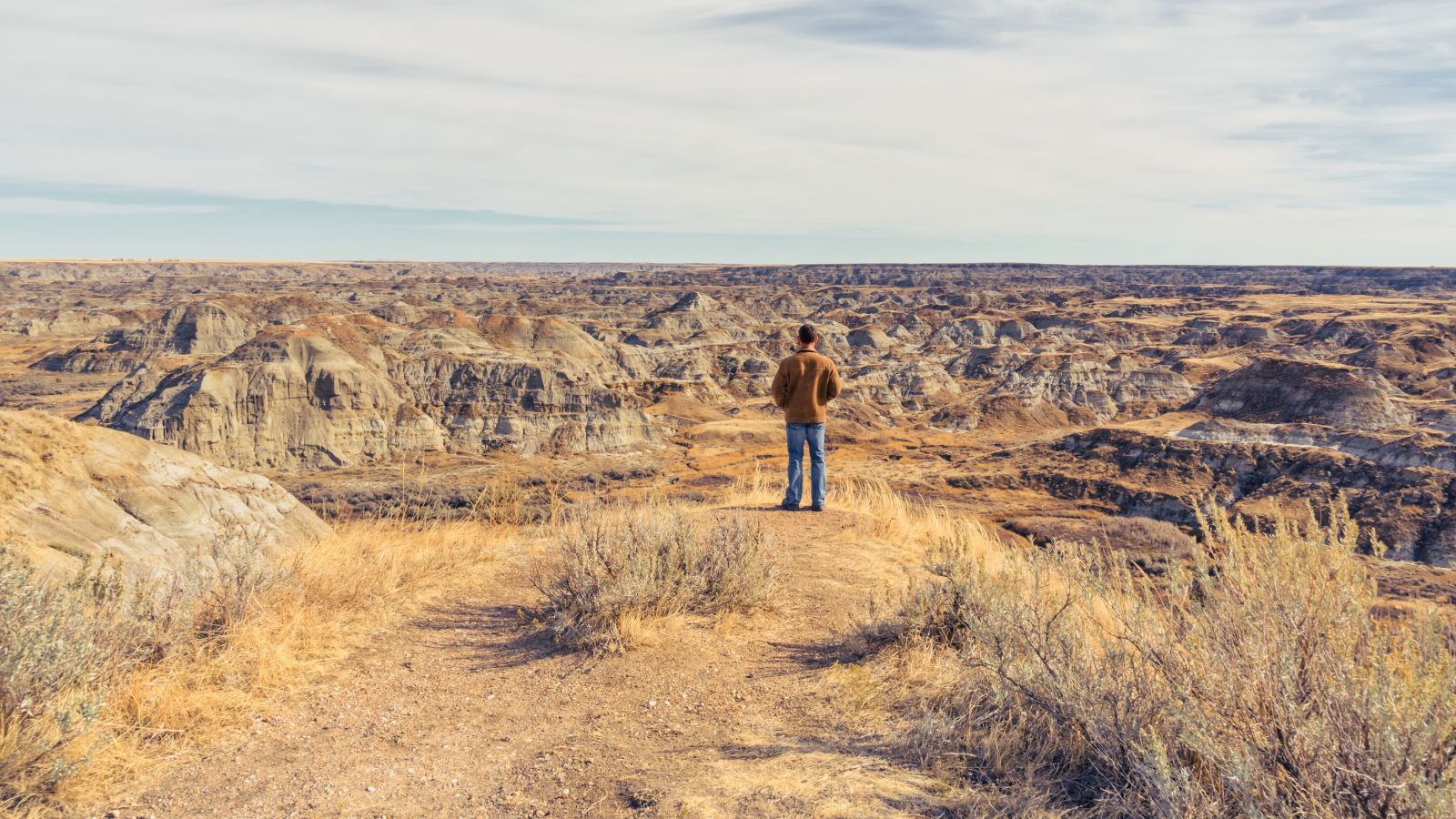
This badlands region has yielded one of the richest deposits of dinosaur fossils on Earth. More than 40 species have been discovered here, making it a mecca for paleontologists and curious visitors. The surreal, eroded landscape is reason enough to visit. Guided tours offer insights into prehistoric life and the ancient forces that shaped the land.
Old Town Lunenburg, Nova Scotia

Not to be confused with modern development, this portion of Lunenburg is recognized for its original 1753 layout and architecture. It offers a glimpse into early British colonial planning and the seafaring communities that sustained themselves along Canada’s east coast. The brightly painted buildings and sloping streets lead to a scenic waterfront steeped in lore.
Kluane / Wrangell–St. Elias / Glacier Bay / Tatshenshini-Alsek, Yukon
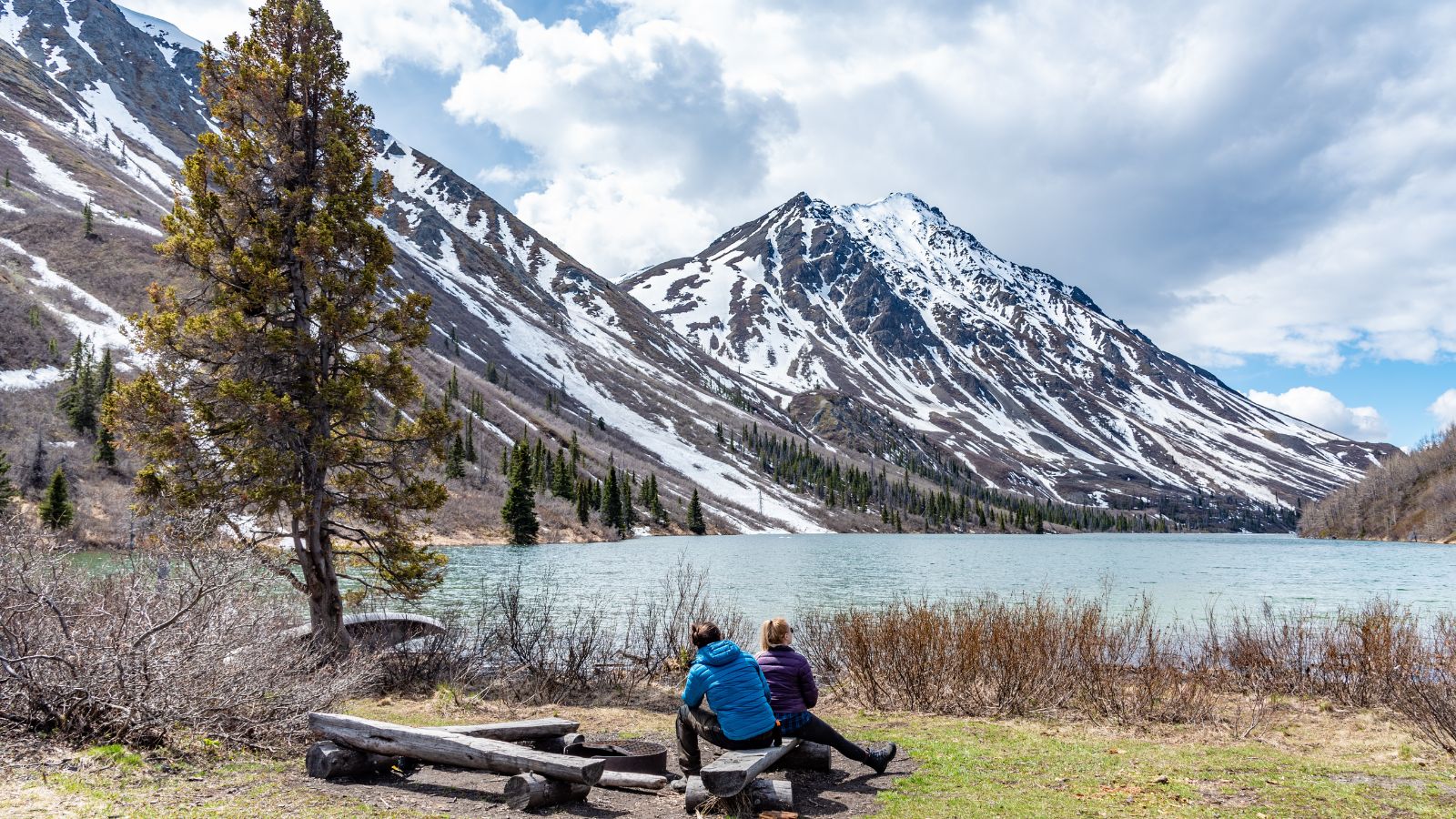
This transboundary park system shared with the United States features massive glaciers, towering mountains, and deep river valleys. It represents one of the most dramatic examples of ongoing geological processes on Earth. It’s also vital habitat for grizzly bears, Dall sheep, and golden eagles and the sheer scale and power of nature here is humbling and unforgettable.
Quttinirpaaq National Park, Nunavut
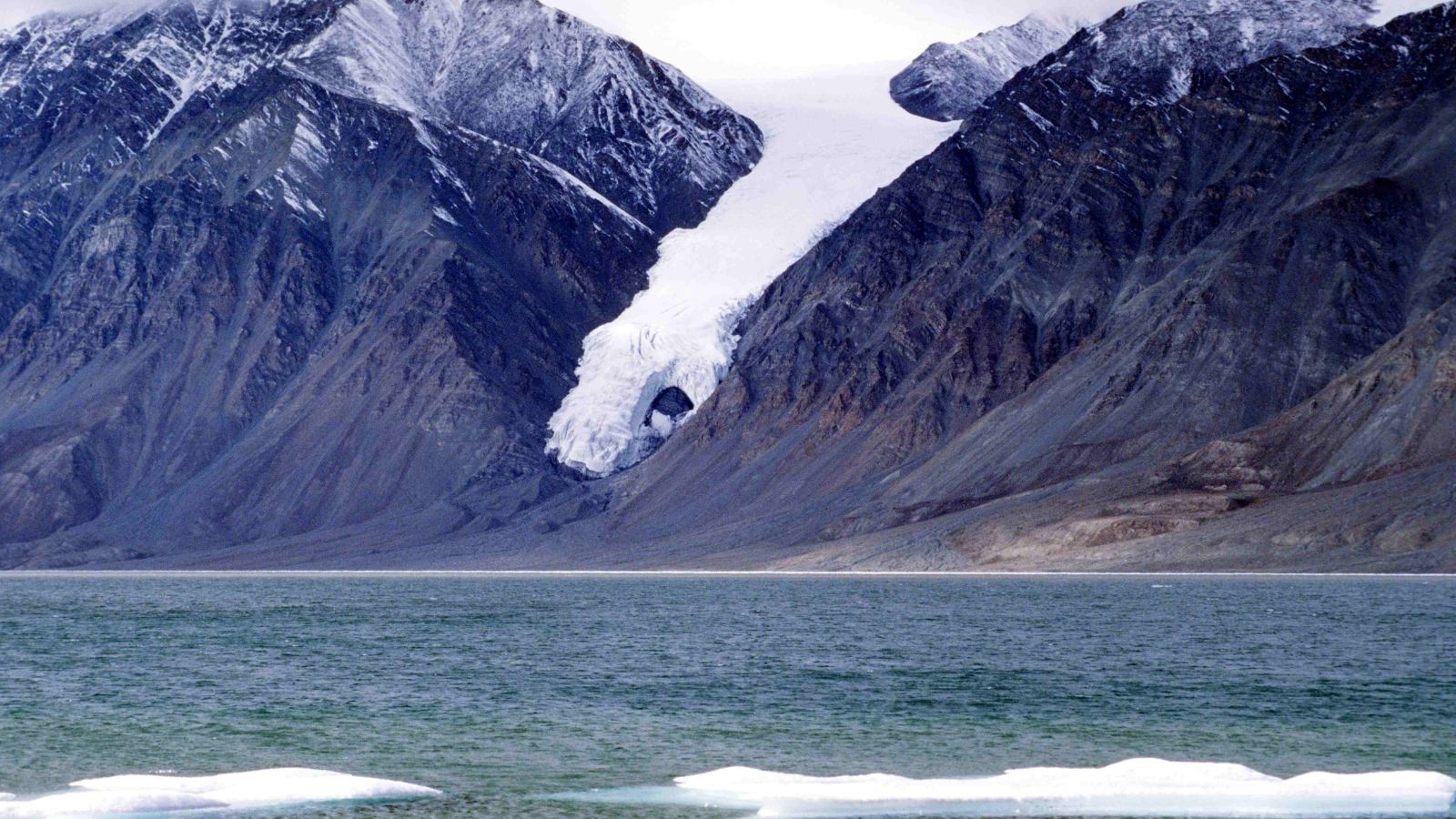
As one of the northernmost places on Earth, this park protects a fragile Arctic environment that few people will ever see. Its dramatic ice caps, fjords, and ancient Indigenous sites provide a stark, haunting beauty. The park’s name means “top of the world” in Inuktitut, and it truly feels that way.
Batoche National Historic Site, Saskatchewan
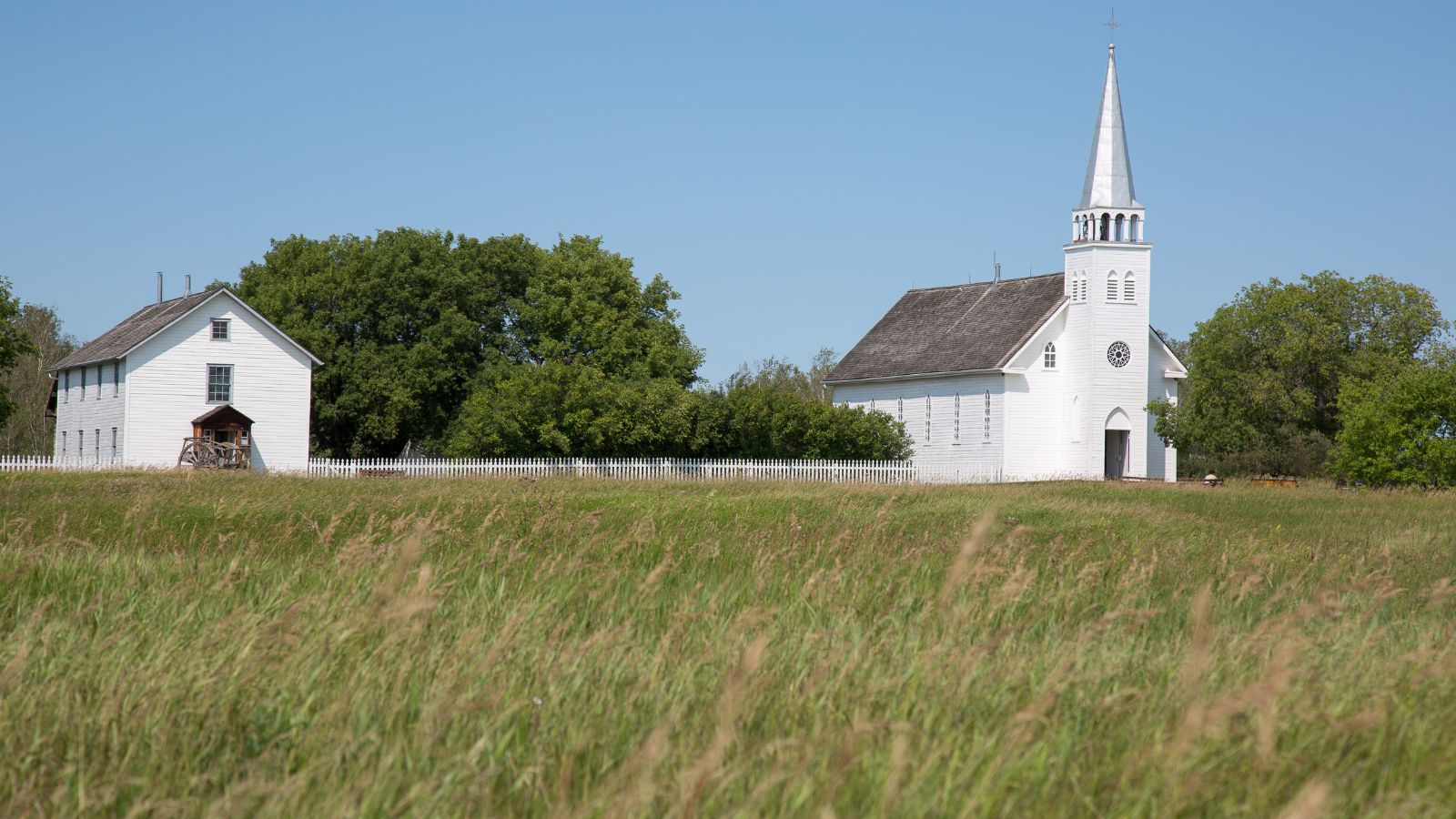
Batoche was the headquarters of Louis Riel during the 1885 North-West Resistance, a pivotal event in Métis and Canadian history. The site preserves original buildings and battlefield landscapes, giving voice to a community that fought for its rights and survival. Interpretive programs and reenactments bring history to life, making it a deeply emotional and educational stop on Canada’s historical trail.
Nahanni National Park Reserve, Northwest Territories
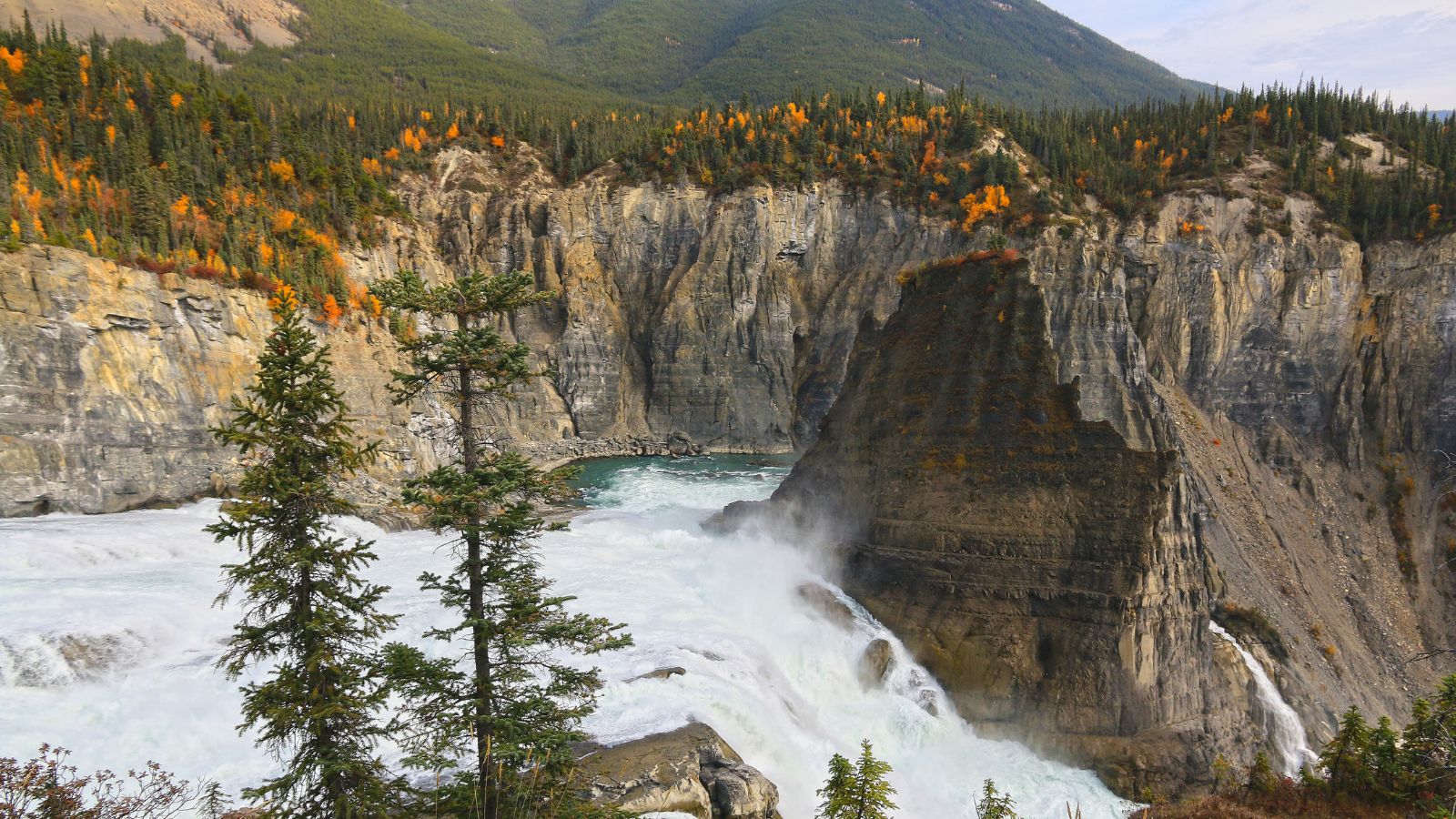
Home to the thundering Virginia Falls, twice the height of Niagara, Nahanni is one of Canada’s most awe-inspiring natural wonders. Its wild canyons, hot springs, and untamed rivers make it a dream for paddlers and adventurers. The park is also spiritually significant to the Dene people and a visit here is a true immersion in remote wilderness.
Grasslands National Park, Saskatchewan
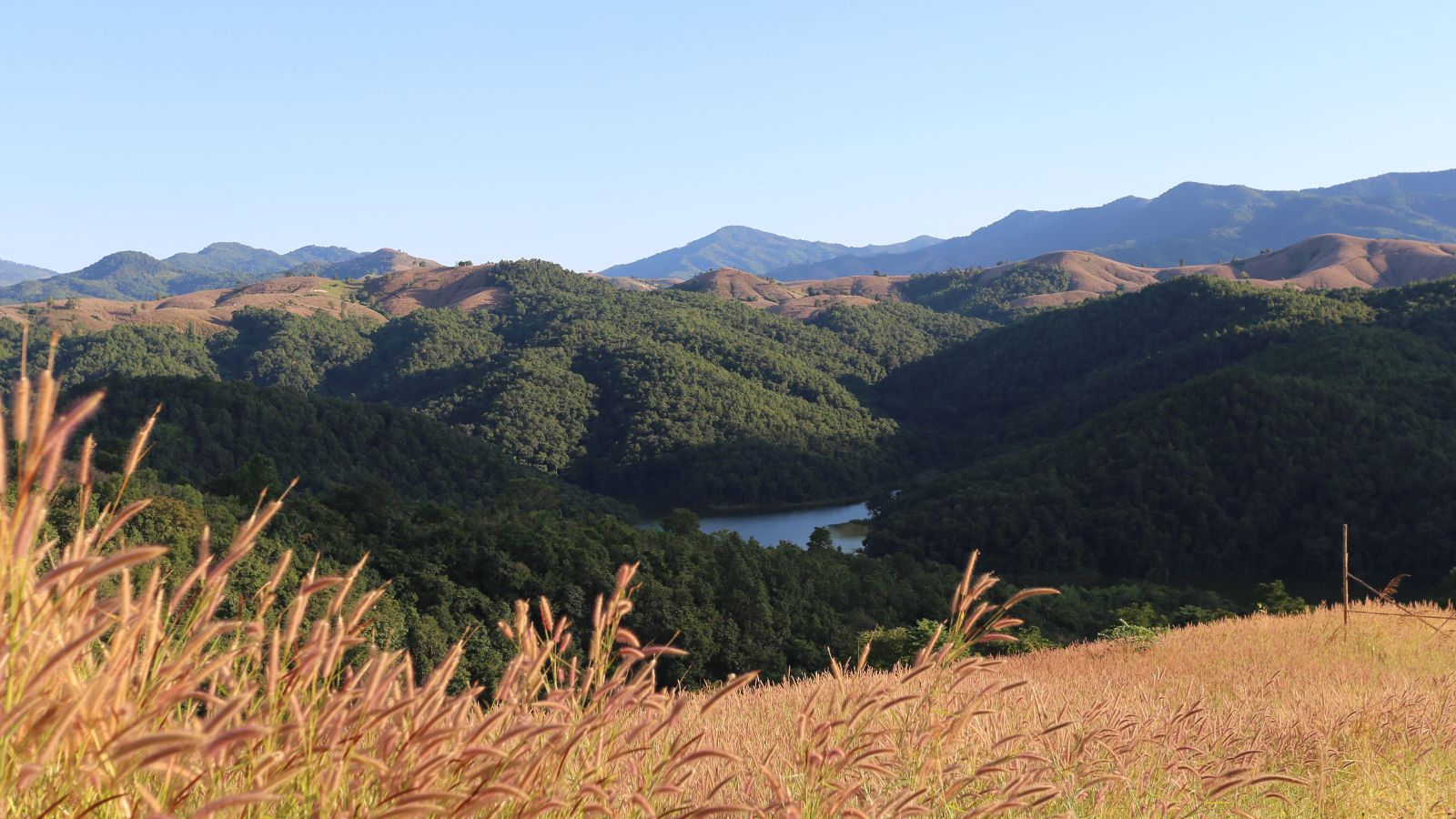
This park protects one of the few remaining sections of native prairie in North America. Visitors can see ancient teepee rings, herds of bison, and even fossils embedded in the soil. The vast sky and rolling grasses evoke a sense of endless freedom and it’s a place where silence speaks volumes.
Burgess Shale, British Columbia
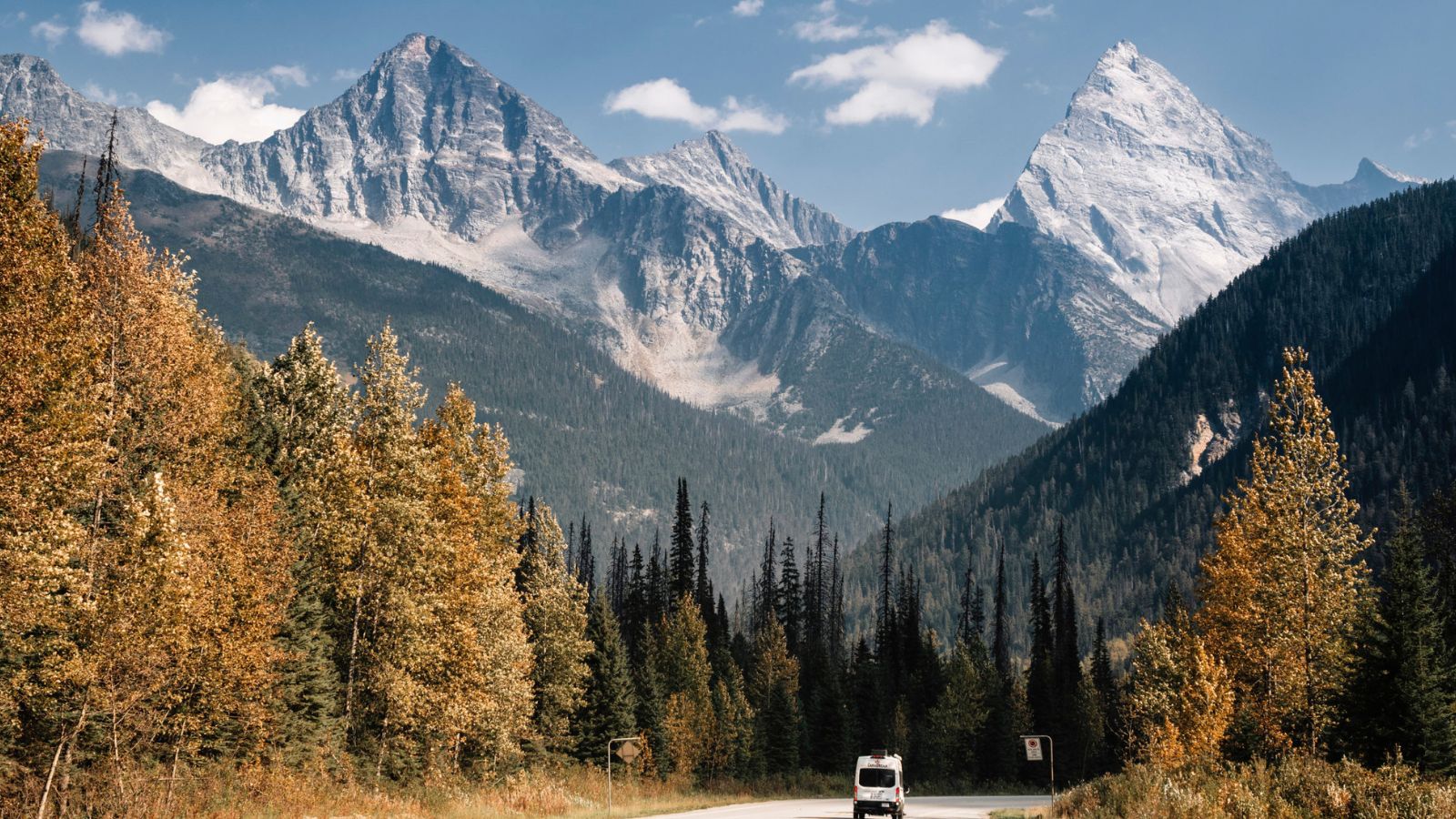
Located in Yoho National Park, the Burgess Shale contains some of the world’s best-preserved fossils from over 500 million years ago. These delicate imprints reveal the strange and complex creatures that once lived in Earth’s early oceans. Guided hikes lead visitors through alpine trails to the fossil beds, creating a scientific treasure trove that continues to shape our understanding of evolution.
St. Andrews Blockhouse, New Brunswick
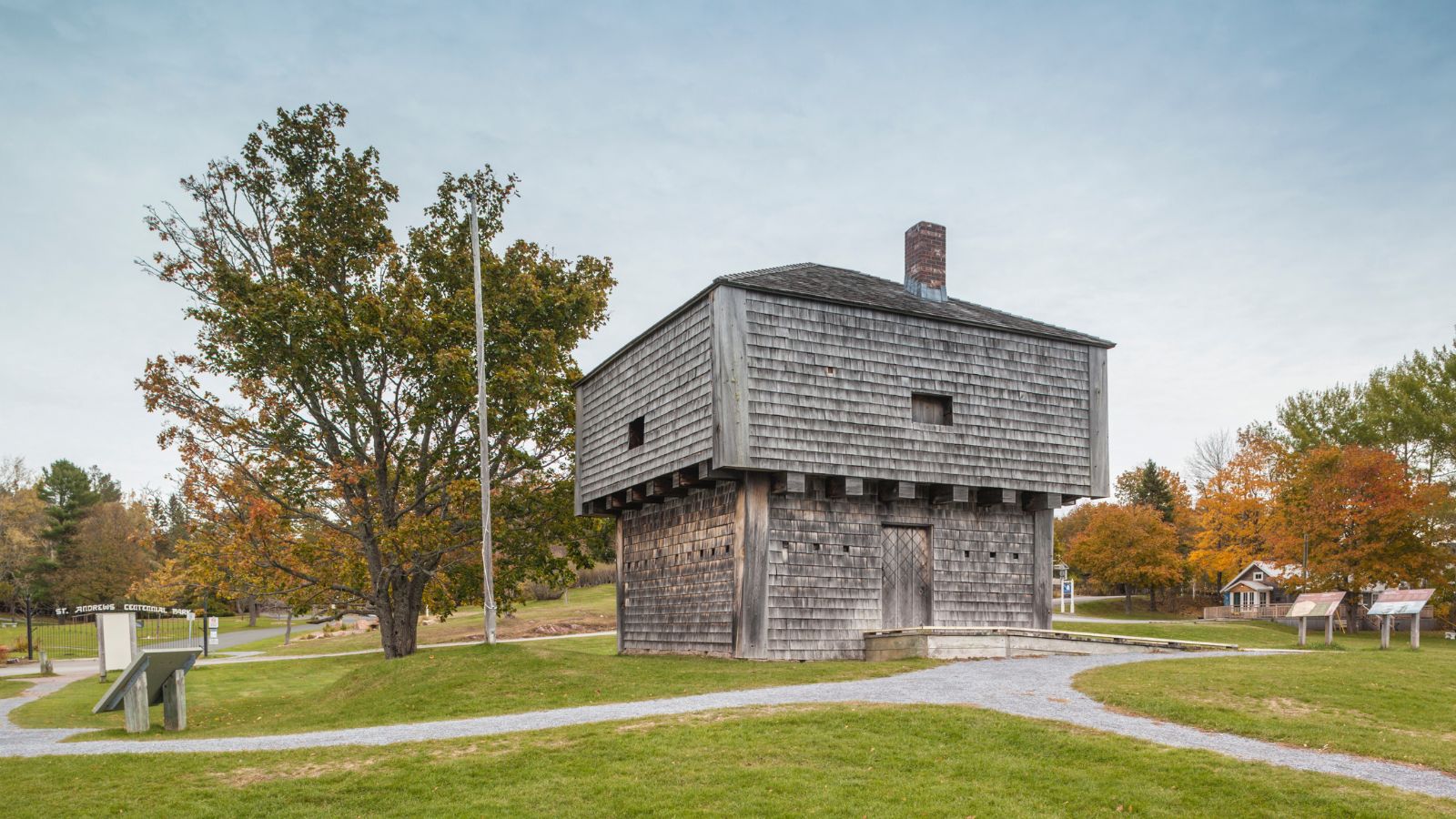
Built during the War of 1812, this wooden blockhouse defended the town of St. Andrews against potential American attacks. It remains one of the best-preserved structures of its kind in Canada. Inside, artifacts and displays offer insight into military life and local history and the surrounding waterfront park adds to its peaceful charm.
Laurier House, Ontario
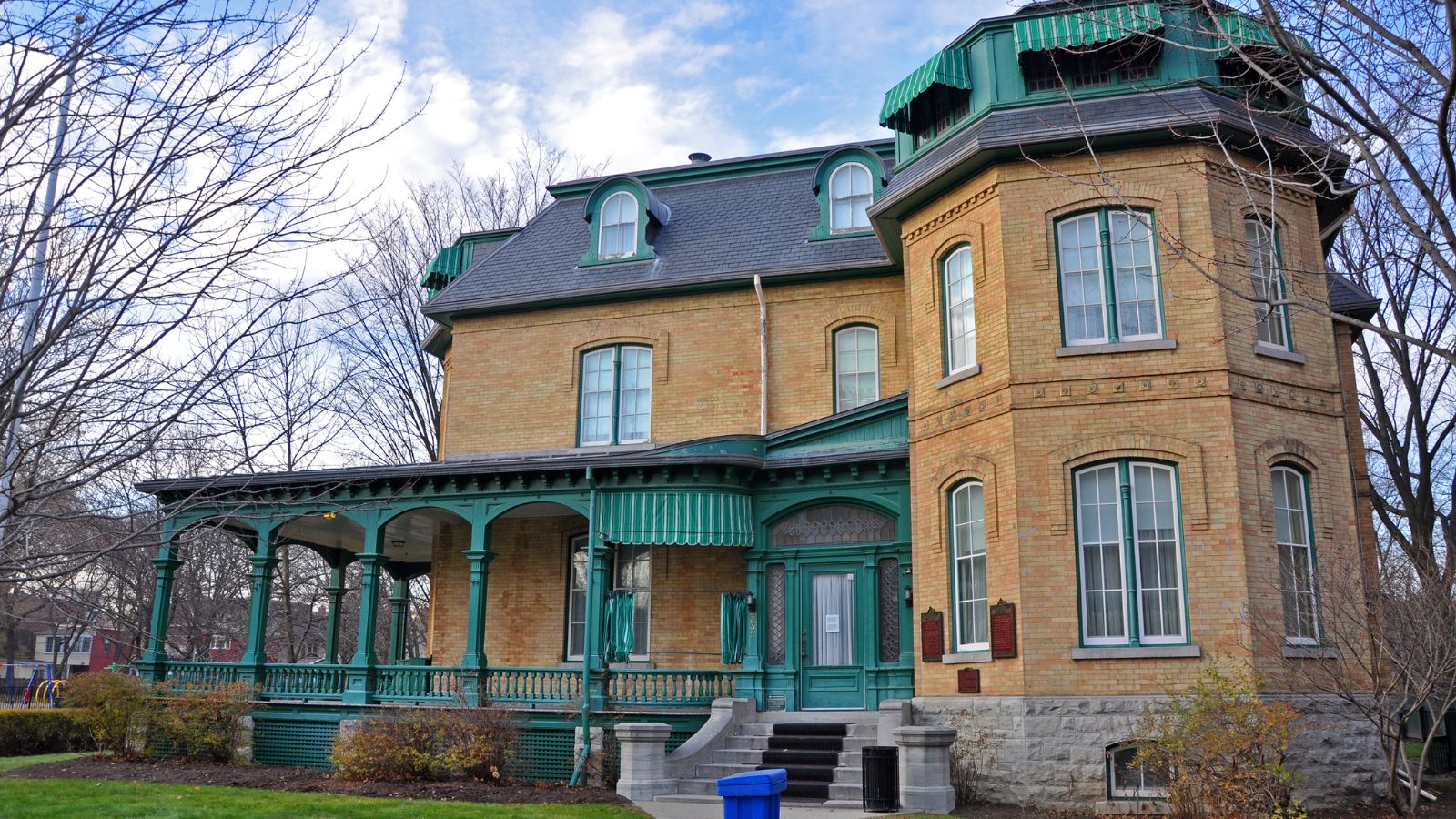
Home to two prime ministers, Wilfrid Laurier and William Lyon Mackenzie King, this Ottawa residence provides an intimate view into Canadian political life. The house contains original furnishings, personal artifacts, and a palpable sense of legacy. Guided tours reveal the personalities behind the politics, making it a fascinating stop for anyone interested in Canada’s leaders.
Fort Langley, British Columbia
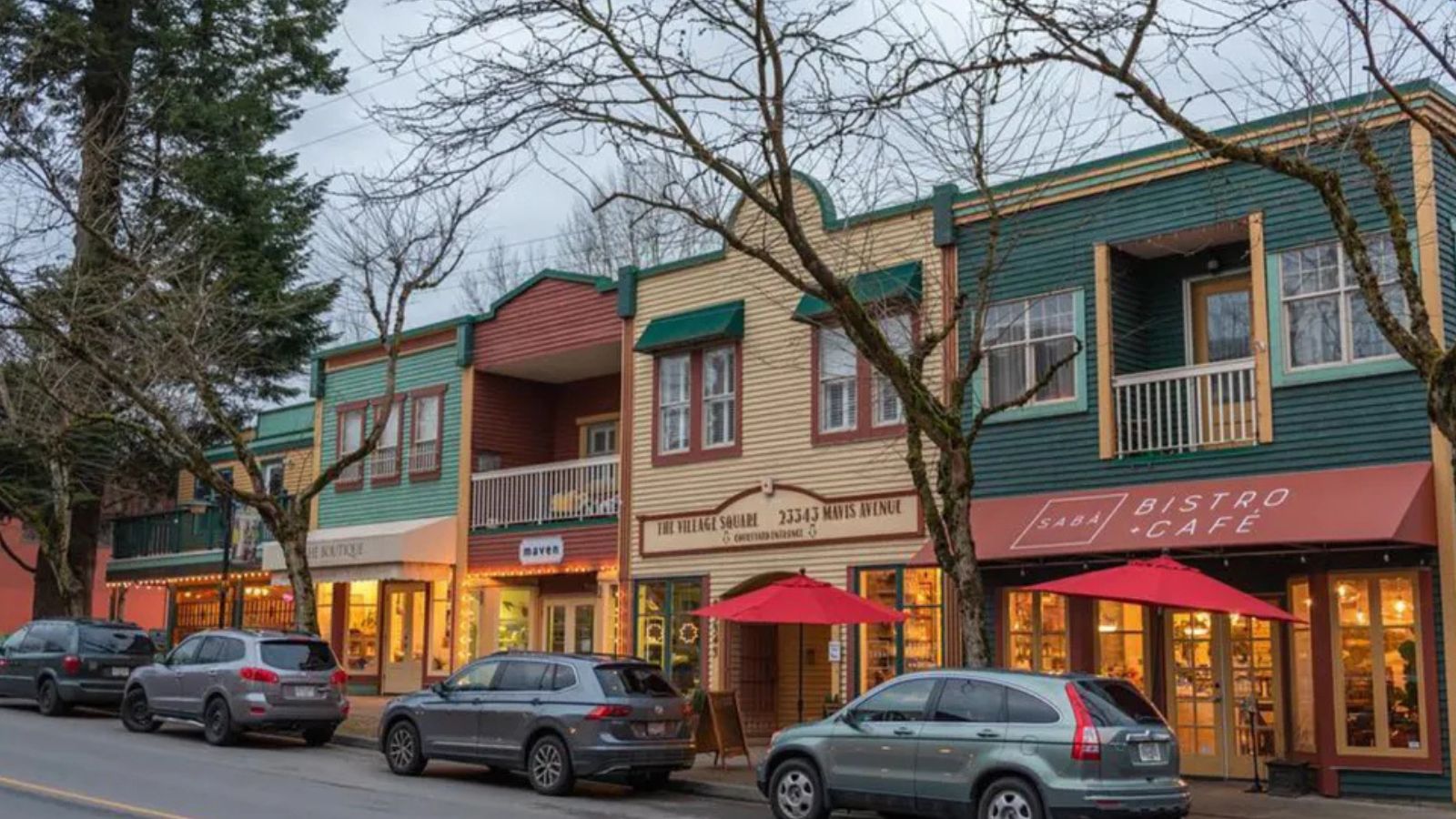
The “birthplace of British Columbia,” Fort Langley played a key role in the fur trade and the province’s formation. Visitors can try blacksmithing, watch barrel-making demonstrations, and explore historic buildings. The site is rich with the stories of Indigenous and settler communities and is an educational and hands-on, especially for families.
The Citadel, Nova Scotia
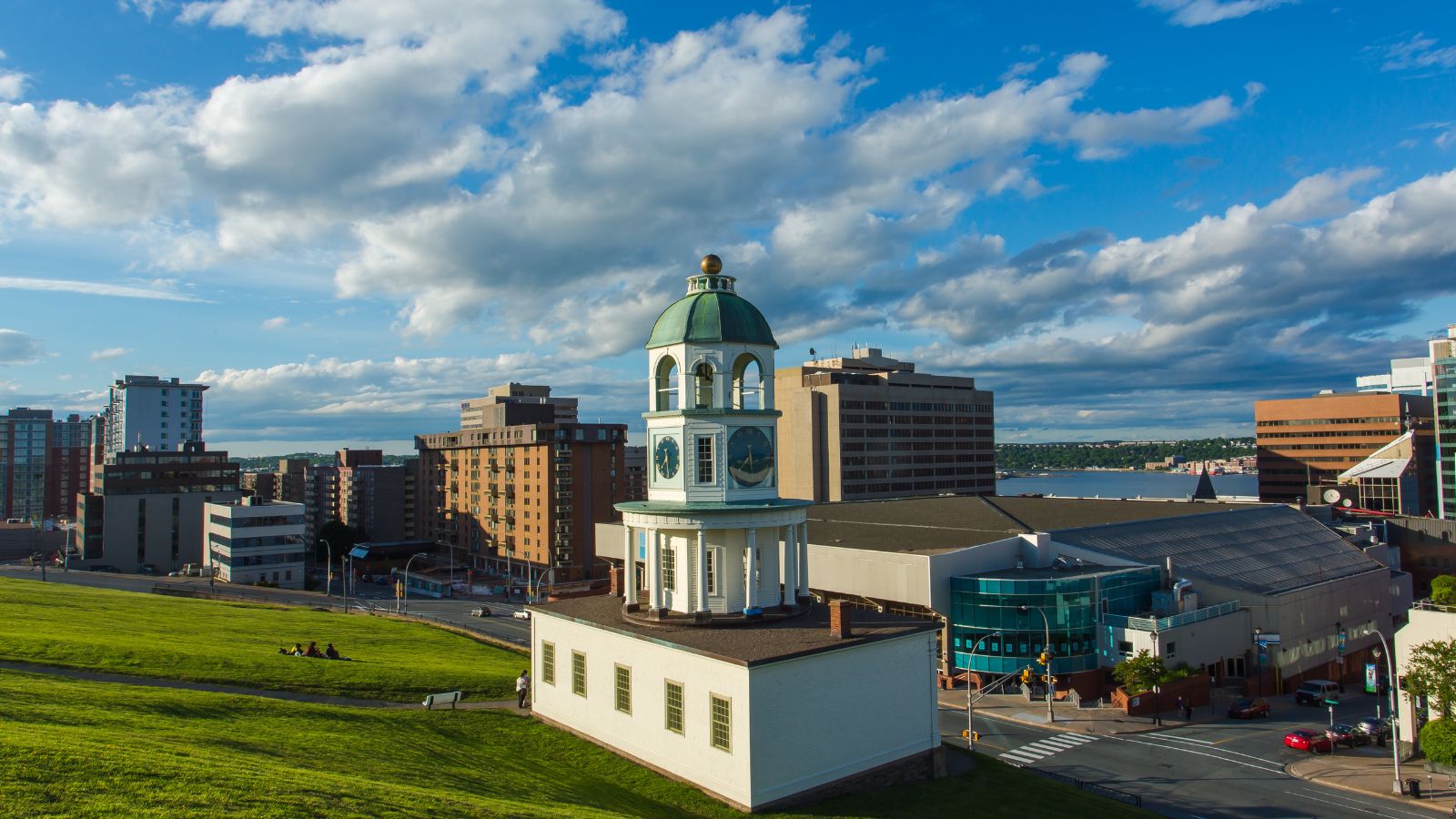
Overlooking downtown Halifax, the star-shaped Halifax Citadel is one of Canada’s most iconic military sites. Reenactors in red serge bring 19th-century British garrison life to vivid detail. The panoramic views of the harbour are stunning and strategically significant and the site stands as a powerful reminder of Halifax’s military roots.
Cave and Basin National Historic Site, Alberta
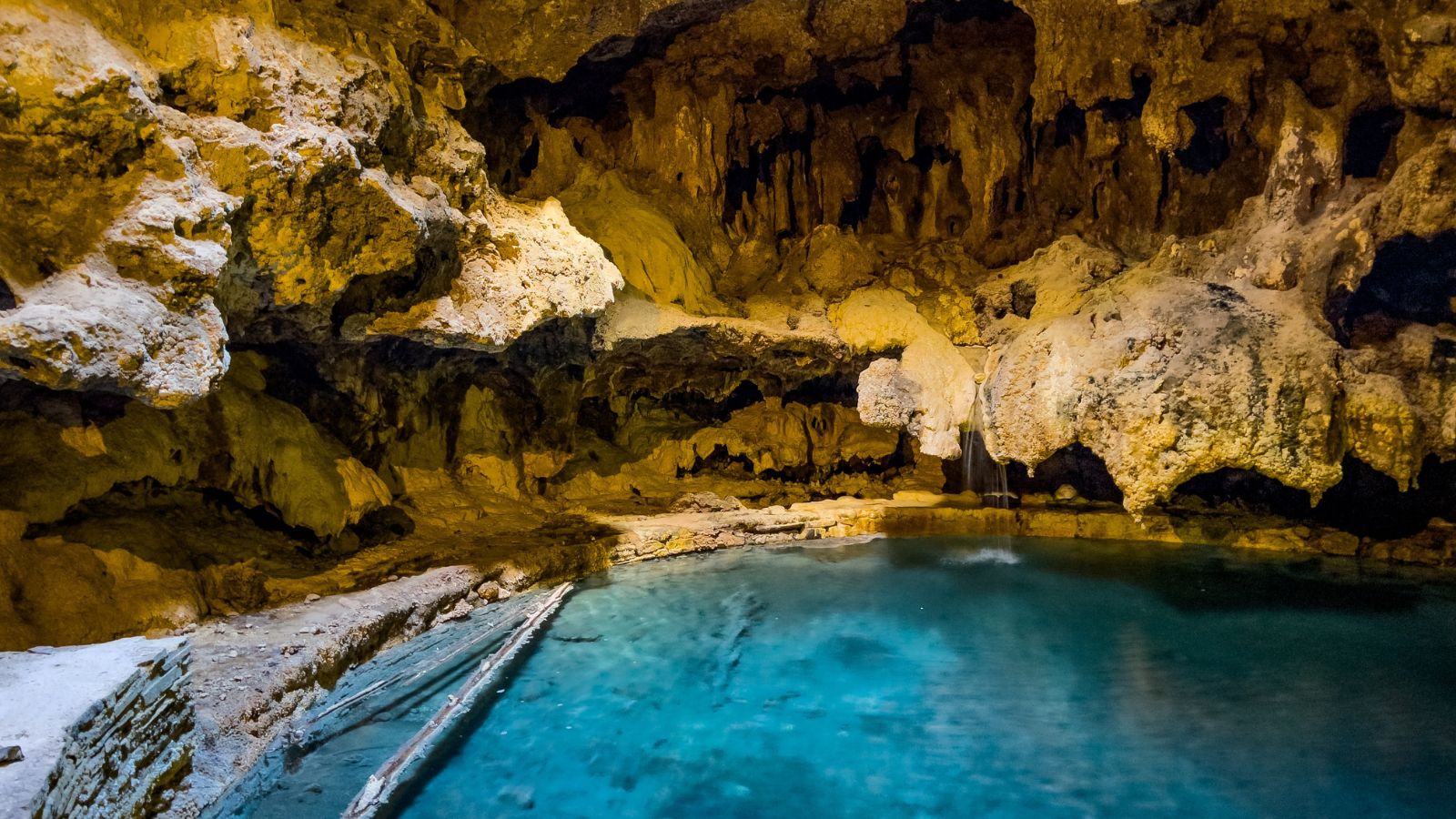
This is where Canada’s national parks system began in 1885, with the discovery of natural hot springs in Banff. The restored bathhouse and bubbling thermal pools tell the story of conservation and the early days of tourism in the Rockies. Interpretive exhibits dive into Indigenous use of the springs and the evolution of park policy and it’s the birthplace of a movement to protect natural beauty for future generations.
21 Products Canadians Should Stockpile Before Tariffs Hit

If trade tensions escalate between Canada and the U.S., everyday essentials can suddenly disappear or skyrocket in price. Products like pantry basics and tech must-haves that depend on are deeply tied to cross-border supply chains and are likely to face various kinds of disruptions
21 Products Canadians Should Stockpile Before Tariffs Hit
